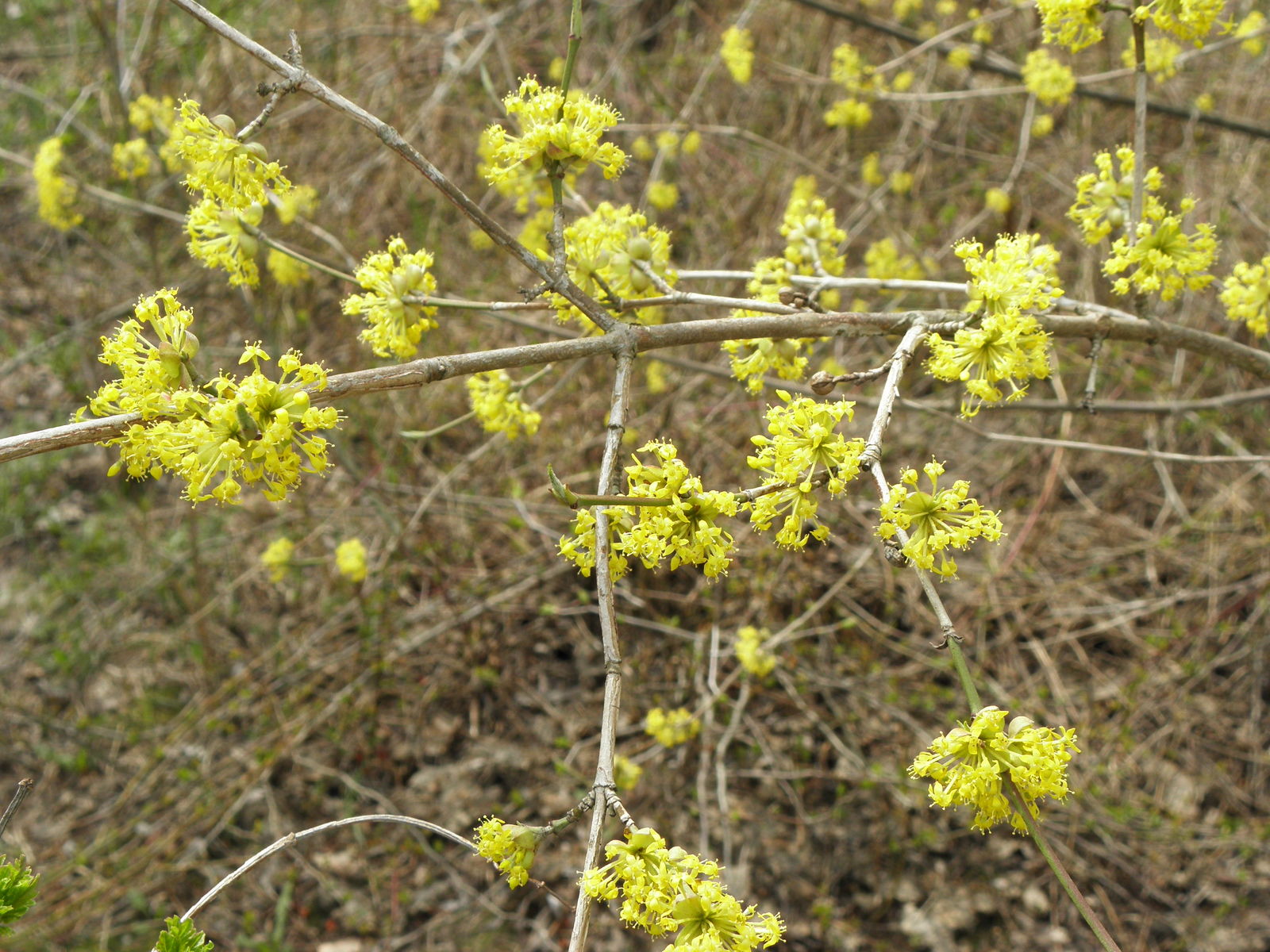


Acta Physiologiae Plantarum 40, 1-8, 2018. PDF On May 5, 2020, Victoria Vladimirovna Fedotova and others published Anatomical Characteristics of Leaves and Flowers of Cornus sanguine subsp. Indeed, splitting hinders thinking on divergence (those who split off Afrocrania, for instance, lose sight of its kinship with cornelian cherry), and misaligning subgroups within Cornus hinders circumscription of Cornaceae, a most unruly family. Green synthesis of Fe2O3 nanoparticles using fruit extract of Cornus mas L. Tin DC CC BY-ND 2.0 Cornus mas fruit Andreas Rockstein CC-BY-SA 2.0 Cornus mas bark Kathleen Moore CC BY 2. Splitting upsets nomenclature, making it depend on how one views the names of Rafinesque or where one sees divergence of the dogwood subgroups. Form Leonora Enking CC-BY-SA 2.0 Cornus mas in bloom Mr. In England, Japan, and North America, experiments with splitting won few converts. In late winter to early spring, a profusion of small rounded clusters of tiny, bright yellow flowers open on the naked branches and will persist for several weeks. No one's thoughts on evolution mandate splitting-all agree the segregates are closer to each other than to any group outside of Cornus-and there are the following reasons for retaining Cornus in its broad sense: some splits were made on weak grounds (Chamaepericlymenum) or on arguments now overweighed by other evidence (Dendrobenthamia crosses with Cynoxylon). Remarkably ornamental and adaptable, Cornus mas (Cornelian Cherry) is a deciduous shrub or small tree providing multiseason interest. Today, in eastern Europe and in Asia, steadfast splitters view all those as genera-Cornus sensu stricto, Swida, Chamaepericlymenum, Cynoxylon-and make four more from dogwoods that Linnaeus did not know-Afrocrania, Bothrocaryum, Dendrobenthamia, Discocrania. Following tradition, he viewed Cornus as embracing the cornelian cherry and the bractless dogwoods following Dillenius and Plukenet, he added dwarf cornels and flowering dogwood. The concept we call Cornus sensu lato was milleniums old when Carl Linnaeus wrote Species plantarum.


 0 kommentar(er)
0 kommentar(er)
